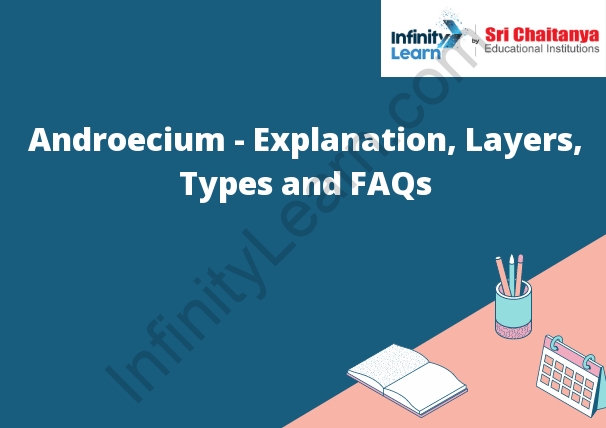Table of Contents
Androecium Meaning
The androecium is the part of the flower that consists of the stamens. The stamens are the male reproductive organs of the flower. The androecium is a term used in botany to refer to the set of male reproductive organs in a flower. This includes the stamen, which is the pollen-producing organ, and the anther, which is the pollen sac. The androecium is usually located at the center of the flower, between the petals and the pistil. There are typically four or five stamens in a flower.
- The tapetum is the layer of cells that lines the inside of the anther. The tapetum is responsible for producing the pollen. There are two types of tapetum: the internal tapetum and the external tapetum.
- The internal tapetum is the layer of cells that is closest to the pollen. The external tapetum is the layer of cells that is closest to the petals.

Stamen
The stamen is the male reproductive organ of a flower. It is made up of the anther and the filament. The anther is the part of the stamen that produces pollen. The filament is the stalk that holds the anther in place. A stamen is a pollen-producing organ in a flower. The word “stamen” comes from the Latin word “stamen”, meaning “thread”. The stamen is the male organ of a flower. It is made up of the anther and the filament. The anther is the part of the stamen that produces pollen. The filament is the part of the stamen that supports the anther.
Four Walls of the Anther
The four walls of the anther are the four cell walls that make up the anther. The anther is the part of the flower that produces pollen. The pollen is the male reproductive cells of the flower. The pollen is released from the anther and it travels to the female reproductive cells, the stigma, to fertilize them.
Pollen Grain
A pollen grain is a tiny particle produced by the male part of a flowering plant, the stamen. Pollen grains are coated with a sticky substance that allows them to stick to the female part of the plant, the pistil. Once the pollen grain has attached to the pistil, it begins to grow a long tube that goes down the pistil and into the ovary. The ovary is where the female egg cells are located. If the pollen grain contains a sperm cell, it will fertilize one of the eggs and the plant will produce a seed.
Germ Pore
A germ pore is a tiny opening in the surface of a cell that allows the passage of small molecules and ions into and out of the cell. Molecules and ions that pass through the germ pore can help to regulate the cell’s metabolism and communicate with other cells.
What Exactly is Androecium ?
In plants, the androecium is the collective term for the stamens, the male reproductive organs. The androecium arises from the two primordia, or nascent organs, the stamen primordium and the filament primordium. The stamen primordium gives rise to the anther, the pollen-producing organ, while the filament primordium gives rise to the filament, the stalk of the stamen.
Androecium’s Components;
The androecium is the name for the male reproductive organ of a flower. It is made up of the stamen, which is the long, thin, thread-like structure that supports the pollen sacs, and the pollen sacs, which are the small, round, sac-like structures that produce pollen.
Types of Androecium Found in Flowers Including
- Androecium is the botanical term for the male reproductive organs of a flower. The androecium includes the stamen, the filamentous part of the stamen that holds the anthers, and the anthers, the sacs that produce pollen. There are typically four or five stamens in a flower.
- The stamen is the most visible part of the androecium. The filament is a thin stalk that supports the anthers. The anthers are two sacs that produce pollen. The pollen is the male reproductive cells of a flower.
- The anthers are typically located at the top of the filament. The pollen is released when the anthers open. The pollen is then transferred to the female reproductive organs of a flower, the pistil, to fertilize the ovules.
- The stamen is usually white or yellow in color. The anthers are usually black or brown.
FAQs
Q: What is the Androecium?
A: The Androecium is the male reproductive organs of a flowering plant. It consists of anthers, which produce the male gametes (pollen), and the filament, which supports the anthers.
Q: What is the role of the Androecium?
A: The Androecium is responsible for pollination, the process by which pollen is transferred from the anthers to the stigma of the plant in order to fertilize the ovules.









